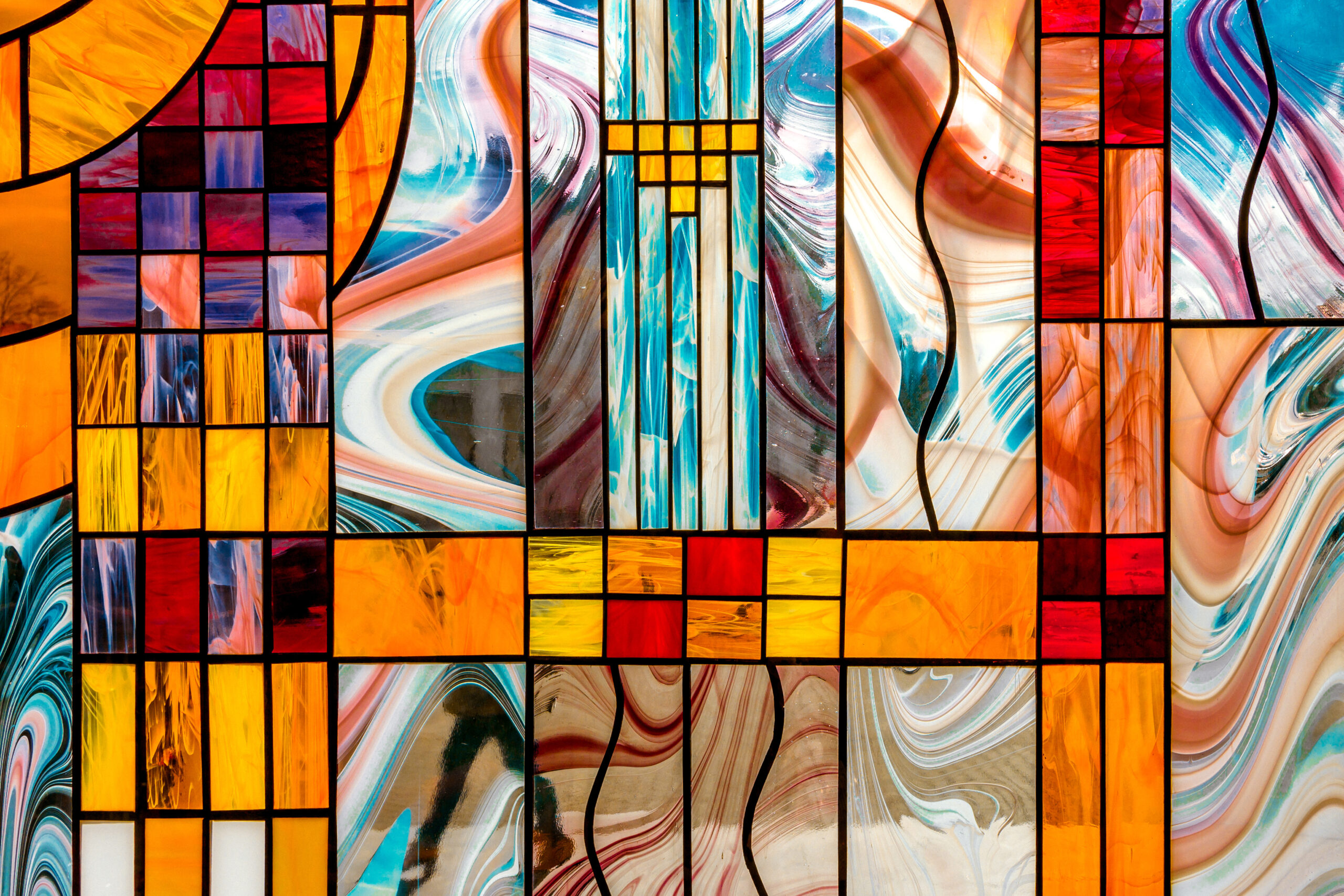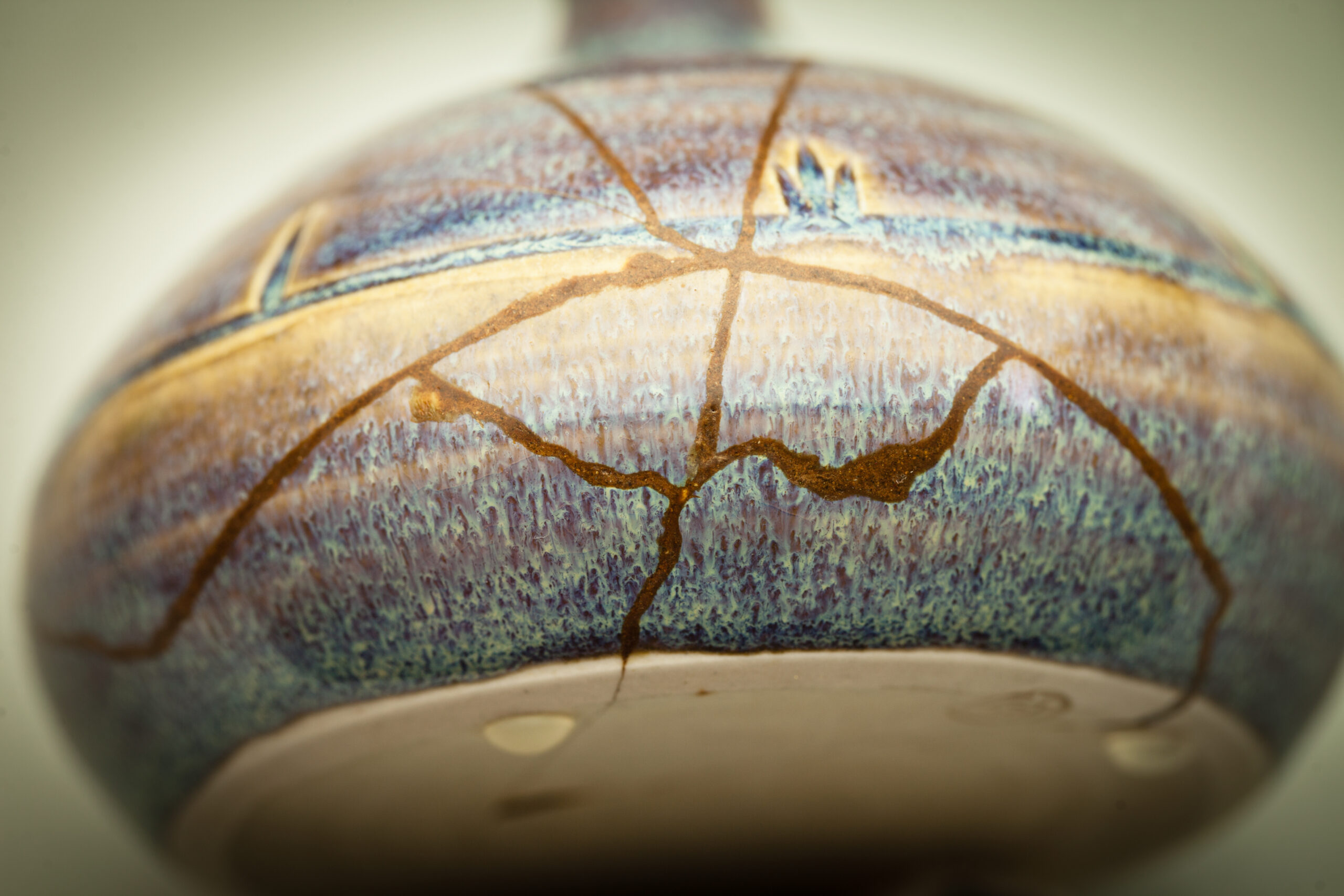Katie Steedly’s first-person piece [The Unspeakable Gift] is a riveting retelling of her participation in a National Institutes of Health study that aided her quest to come to grips with her life of living with a rare genetic disorder. Her writing is superb.
In recognition of receiving the Dateline Award for the Washingtonian Magazine essay, The Unspeakable Gift.
Enter your email here to receive Weekly Wide-Awake
MONDAYS ARE FREE 016 — 020: The Book of Luck, a prayer, and a list

The Book of Luck, a prayer, and a list
EXERCISE 016: OUTLINE A NEW BOOK
there’s a reason
The Book of Luck (totally made this up) consists of 88 chapters. Compose a Table of Contents so that each chapter has a unique heading. We’ll return to this exercise over the next two days. If a certain chapter stays with you while you’re washing the dishes or walking the dog, there’s a reason. . . .
1. It started in a hospital that is now an apartment complex. 2. Someday, there will be another Dr. Steedly.
3. The corner of Strawberry Lane and Steedly Drive.4. Surround yourself with the best people.
5. Service is the rent you pay for your life on this planet. 6. I quietly turned to you.
7. Cows, cherry trees, and MGBs, Oh! My! 8. We will always have Huber’s.
9. Thank you, Mrs. Wanke. 10. Thank you, Mrs. Reisert. 11. Thank you, Lisa Goldstein.
12. Thank you, Maxine Greene. 13. Will you leave me directions on how to use the camera after you are gone?
14. Just a girl exploring Fun City. 15. Van Halen was our love language. 16. A Day bigger than Christmas.
17. I have never been able to keep house plants alive. 18. The sun will come out, tomorrow.
19. Measure twice cut once. 20. Find a spot when you turn. 21. Dancing from the back is still dancing.
22. What to do when your best friend breaks up with you after more than 30 years.
23. Feeling like shit on a Saturday morning. 24. On calling myself a writer. 25. On making amends.
26. “You don’t have to carry that weight.” 27. I am. 28. Lessons from where I have lived 29. Run. Walk. Mosey.
30. How can I remember every line from a 70’s song and not our gate code?
31. 1000 Shades of Green 32. Pockets of Cool 33. The Wall 34. There is no try.
35. The brick factory next door. 36. Feeding the good wolf 37. Building the beloved community
38. On taking communion 39. Cat People 40. On finding a “job” 41. Light Bulb Moments 42. The “Hell Yes”
43. Boundaries 44. Safety 45. Self Care 46. Kintsugi 47. Recipes we love.
48. I have never baked bread, made homemade pasta, or hand thrown a pot.
49. Empathy: A mediation on civilization’s strength 50. Imagination 51. Aging
52. Half runners from blue lake and how to dig a potato. 53. Grief and love.
54. Tending roses and playing bridge 55. Getting paid. 56. Normal 57. XO 58. Chrysalis 59. Mother’s Day 60. Fear
61. Nana’s hands. 62. Life Before 63. Job recommendations. 64. What I wanted to say.
65. Disney is too expensive. 66. Clean Slate 98 67. Kathlyn 68. Repurposed Spaces 69. La Mer
70. Hustle 71. Books Falling 72. Prayer like shoes. 73. Holding Hands 74. Personal Best
75. I don’t want a world without cheese 76. I don’t want a world without pasta.
77. I don’t want a world without stone crab. 78. Imagining, Creating, Building. 79. Dinner with strangers.
80. Finding my edge. 81. Stuck 82. My Left Foot 83. A sorted history of debt 84. Renting and buying
85. Running out of time 86. Magnolias 87. Emergence and other words I love. 88. Mounjaro
EXERCISE 017: BEGIN THE BOOK OF LUCK
write the chapter
Pick any chapter heading from the Table of Contents you composed for The Book of Luck (in Exercise 021). Write the chapter. It should be written in exactly eight numbered sections, each section exactly eight sentences long.
Prayer Like Shoes
I wear prayers like shoes. Pull’em on quiet each morning take me through the uncertain day.
Ruth Forman
1. DOWNTOWN
I have lived in cities for many years. Several cities. Several climates. Same situation. I have walked down my street before things start to move and shake with daily traffic. It is not uncommon for people to have slept on street benches or in alleys or behind dumpsters or under bridges in these places. Their humanity frames my path. They are holy. Their story is mine if I open my arms wide enough to hold it. We are one on these same streets.
2. PRAYER
In her poem “Prayers Like Shoes,” Ruth Forman explains, “I wear prayers like shoes. Pull ’em on quiet each morning and take me through the uncertain day.” Shoes are strength. Shoes are comfort. She shares that the most helpful advice her mother ever gave her was, “Girl, you go to God, and get you some good shoes, cause life ain’t steady ground.” If prayers are like shoes, prayer sustains. Prayer is essential and relevant. Prayer is steady ground. Prayer is holy.
3. BOOTS
In a city I lived, a man slept on a bench on my block. He used his boots as a pillow. Worn boots cradled his chin while he slept. The boots protected him. They they offered him strength. They made his world a bit less uncertain. The boots were a prayer. The boots were holy.
4. A CHALLENGE
There is a challenge to the whole prayer-like-shoes idea. If prayers are like shoes, we must make prayer a part of our lives in real and tangible ways. People understand prayer differently. If prayer is constant and unceasing, we must pray even — and especially — when we feel alone and angry. If prayer is a conscious conversation with God, we see the holy throughout our world and tell about it. If prayer is about self-awareness, we live a mindful connection to our breath. If prayer is about finding oneness with others, we are loving and compassionate — no exceptions. Meister Eckhart reflects, “If the only prayer you ever say in your entire life is thank you, it will be enough.” — in that sense, prayer is gratitude.
5. PRAYER’S FUNCTION
Prayer takes practice. Prayer guides. Prayer holds. Prayer builds. Prayer protects. Prayer grounds. Prater invites. Prayer sustains.
6. TYPES OF PRAYER
I was taught over the years about specific types of prayer — prayers of adoration, confession, thanksgiving, petition, and intercession. Prayer is built on fundamental health and safety. Prayer is the belief that we are seen and loved. Prayer is like breath — a life sustaining thing we just simply do. Prayer is intimate and personal. Prayer reflects a personal relationship with a force beyond our understanding. Prayer is paying attention to it all. Prayer is perpetual morning.
7. MARY OLIVER ON PRAYER
It doesn’t have to be/ the blue iris, it could be/ weeds in a vacant lot, or a few/ small stones; just/ pay attention, then patch// a few words together and don’t try/ to make them elaborate, this isn’t/ a contest but the doorway// into thanks, and a silence in which/ another voice may speak. -Mary Oliver
Iris bulbs have been passed along by the generations of women in my family. They are the backbone of my family’s gardens. It makes sense to me that Oliver begins her thoughts of prayer mentioning irises. They are beyond words. They are hope and history. They are the whisper of what has been, is, and will be. They are memory and thanks.
8. SOME THOUGHTS ABOUT BOOTS
I think back to boots. Finding comforting pillows. Embracing our strange and weird and other selves. Knowing strength and comfort. Holding conversations. Connecting with all that is. Seeking sturdy ground. Thanking for it all.
EXERCISE 018: END THE BOOK OF LUCK
the phenomenon
Today we keep going with THE BOOK OF LUCK. Check it:
Write a prayer to end The Book of Luck. Thank your Divine Power for the phenomenon we call accidents.
A Prayer For The End of The Book of Luck
Thank you, Divine Power. For the sum of my experiences. For books and breath. For scar tissue and stars. For the story and memory. For delight and awe. For banjos and fiddles. For trying and succeeding. For failing and learning. For miracles and magic. For beginnings and endings. For doors and blossoms. For fresh starts and detours. For plans and flexibility. For Kentucky and Indiana. For Washington and Texas. For Ohio and Florida and Georgia.
Thank you, Divine Power for the phenomenon we call accidents. For rivers that flow and fossil beds. For species that repopulate and rain forests. For coral reefs and ship wrecks. For bread the rises and tea that steeps. For morning the breaks and night that falls. For whispers and songs. For Good Trouble. For two ears and eyes. For cats and dogs. For strangers and best friends. For secrets and safe spaces to lay our burdens down.
May it be so.Subscribed
EXERCISE 019: UNDERNEATH
and it is a poem
Today we’re going to make a different kind of list . . .
francine j. harris’s poem, “What you’d find buried in the dirt under Charles F. Kettering Sr. High School (Detroit, Michigan)” is exactly what it says it is: a list of things you might find buried beneath the school. Notice how specific the objects are. Notice how those objects sometimes tell a story, and sometimes don’t. Notice (for it is a school, and it is a poem) how many notes and reports and written stuff there is. Ok. Write a poem that is a list of the things you might find under your high school. If a high school doesn’t work for you, let’s choose something school adjacent: an elementary school or a library or a basketball court, something like that. Go at least long enough that you find something down there you forgot about.
Underneath my high school
Underneath my high school would be buried the stage lights from musicals and the lyrics to my favorite songs. The grandma-made, Snow White-inspired dress I wore as the munchkin queen when I wanted to be Dorothy. The note that sent me to Father Mike after I cheated in Geometry, and then again in Spanish. The sponges that I used to wash the chalkboards so I could pay less tuition. The keys to my Cutlass Supreme. My brain that could never remember my lines and cats bones from biology. The secrets that were not secrets. The secrets that were secrets. My uniform shirts I bought at the bookstore and scarves I wore to make me look cool. My first passport I got to study abroad in Spain and my report card with my first college English credits. Boxes of hair dye and a broken retainer. Blue eye shadow and my Rocky’s Sub Pub sweatshirt. Tapestry and Blue, because.
EXERCISE 020: TAKE A LEAP
gazing at her bent head
In her brilliant memoir Fierce Attachments, Vivian Gornick writes a scene (see below) in which the child Gornick walks in on a neighbor having an interaction with a man, and the neighbor looks at her in a particular way that the child notices for the first time in her life. It is a kind of cognitive or developmental leap moment. Write a short piece in which you describe yourself, on account of an encounter, having a cognitive leap.
I think it was spring in Austin, but I don’t remember if the bluebonnets were out. Let’s call it spring. (Though it was probably mid-December.) It was time for “Part B” of my doctoral exams. At UT Austin, in the College of Education, after completing your coursework and your “Part A” comprehensives, and before beginning your dissertation, you sit for your “Part B.” “Part B” is basically a defense of your dissertation proposal. It is where your committee either blesses — or condemns — your proposed work. There were six people around the table, my doctoral committee, that afternoon. My chair started the discussion. The discussion started with skepticism about whether a study of wide-awakeness in high school drama would get me a job in the gathering storm clouds of No Child Left Behind. The discussion crescendoed to an overall critique of my writing. At the end of the meeting, the room was about half and half — three people in support of my proposal and three people who thought it “needed more work before they would sign on. My chair guided the discussion and it was decided they would sign off and she would take charge.
The cognitive leap happened the moment we left the room. Knee deep in debt and rabidly determined to complete my work — the work that propelled me to graduate school to begin with — making a case for the arts in all our schools, for all our children, not making the case for better “accountability” systems. Mind you, this was 2002 — a long time ago — and I still remember the “Hell, No!” The “Hell, No!” to come this far and be deterred. The “Hell, No!” to be beaten by judgements and systems and research agendas that did not align with my judgement, system, and research agenda. The “Hell, No!” to internalize that I did not have what it takes and cower in defeat.
I was different after my “Part B”. A calm descended. A focus emerged. A light shone. Pieces began to fall in place as I reconstituted my committee to scholars philosophically and academically aligned, received academic approval for the exact study — spending several months in high school drama classrooms and theaters with two amazing teachers — I wanted to conduct, and marched full speed ahead to my work, which continues today.
MONDAYS ARE FREE 001 — 003
MONDAYS ARE FREE 004 — 006
MONDAYS ARE FREE 007— 010
MONDAYS ARE FREE 011 — 015
About Katie

From Louisville. Live in Atlanta. Curious by nature. Researcher by education. Writer by practice. Grateful heart by desire.
Buy the Book!
The Stage Is On Fire, a memoir about hope and change, reasons for voyaging, and dreams burning down can be purchased on Amazon.





